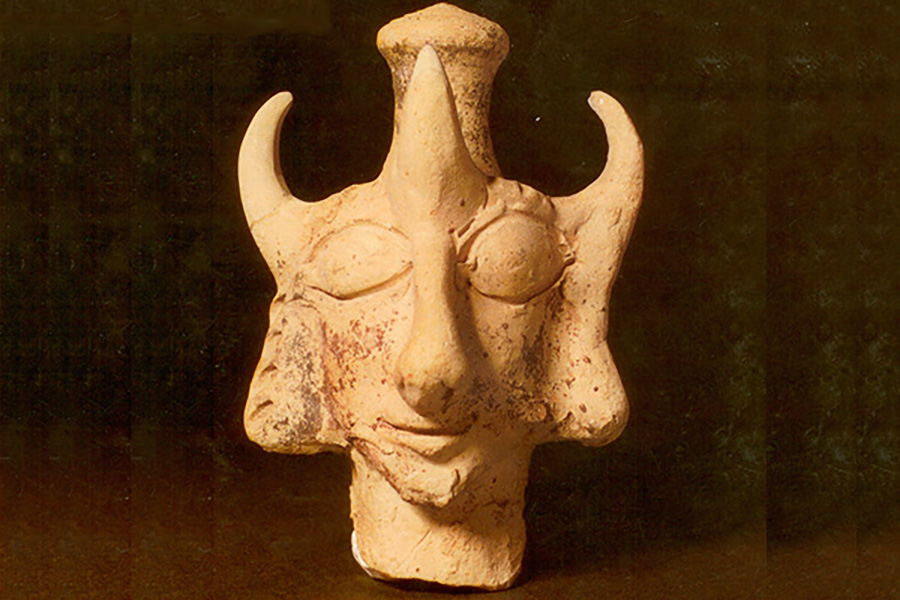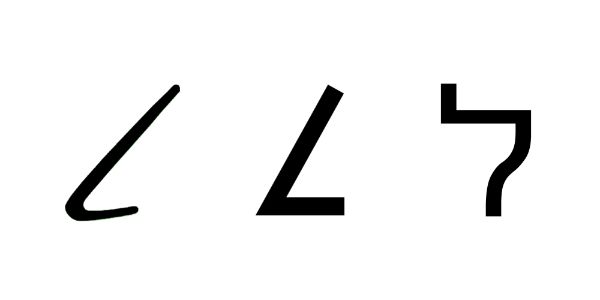The word kham (𐤇𐤌) or “Ham” is associated with three meanings. The first meaning is that of “father-in-law” or the father of the person you are married to. The second meaning is “hot” or “warm” referring to a tropical habitat. The last association of the word is with the youngest or third 𐤁𐤍 (ban) of 𐤍𐤅𐤇 (Nauakh).
𐤇𐤌 (Kham) is the youngest or third 𐤁𐤍 (ban) of 𐤍𐤅𐤇 (Nauakh) who was given the following lands by his father when he divided the earth: Africa, South America, the lower portion of North America, and Australia.
He is the father of 𐤊𐤅𐤔 (Kauash), 𐤌𐤑𐤓 (Matsar) / 𐤌𐤑𐤓𐤉𐤌 (Matsarayam), 𐤐𐤅𐤈 (Phauath), and 𐤊𐤍𐤏𐤍 (Kanaān). As stated in both the scriptures and the Zondervan Bible Dictionary he is the progenitor of the melanin-filled people; not the Negroes, but the Egyptians, Ethiopians, Libyans, and Canaanites.
The Paleo-Hebrew language or the original language of the Ābarayam is one spoken with an emphasis on the rauakh (breath, wind, spirit). With the language of the Ābarayam, each letter has a meaning and a number associated with it that adds meaning to each word they’re used with. Below you will be able to learn more about the letter in Ancient Hebrew, Yiddish Hebrew, Greek, and much more.
Letter Meanings
| Letter | Meaning |
|---|---|
| 𐤇 (kh) – kha | tent wall, fence, separation, divide, abdomen, belly |
| 𐤌 (m) – ma | water, chaos, mighty, liquid, massive, sea, blemish Suffix: them in feminine form. |
| Ābarayat Number | 48 = 8 (kh) + 40 (m) |
| Hebrew Gematria | |
| English Gematria | |
| Simple Gematria |
Based on the meaning of the letters the word could be defined as:
Definitions for 𐤇𐤌 / kham
| Language | Word | Transliteration | Pronunciation | Definition |
|---|---|---|---|---|
| Ābarayat | 𐤇𐤌 | kham | khawm | the third son of Nauakh, also the father of Matsarayam, Kauash, Pauath, and Kanaān. |
| English | Ham | Ham | ham | a cut of meat from the heavy-muscled part of a hog’s rear quarter, between hip and hock. |
| Hebrew | חָם | Cham | khawm | a son of Noah, also his desc., also a name for Egyptians |
| Arabic | حار | har | haar | hot, spicy, torrid, peppery, cordial, nice and warm, thermal |
| Greek | πενθερός | pentheros | pen-ther-os’ | father-in-law |
Connections with Kemet
A circulating theory is that the Kemetic people are the same as the Khamitic/Hamitic people. This theory from a purely vernacular standing does hold validity since 𐤇𐤌 (Kham) is pronounced like you are using a “K” instead of a “Kh” or “H”. The ancient Egyptians were identified in the scriptures as “Hamites”/”Khemites”, and have descended through the line of 𐤌𐤑𐤓𐤉𐤌 (Matsarayam) which is the name by which Egypt is called in the KJV Old Testament. The word Egypt comes from the Greek word Aigyptos/Aegyptos meaning Black.
Kemet can also mean “black land (soil)”, but this use of KM.T to mean “black land” was to distinguish it from the “desert” or “red land” beyond the Nile valley. This ancient Egyptian word “KM.T” has been deliberately misinterpreted by Eurocentric Egyptologists to mean only “the Black land” in an attempt to give the idea that KM.T could not have meant “Black People”, “Black Nation,” or “Black City”, so as to give the impression that the Egyptians were only referring to the blackness of the soil and not their skin.
The Wife of 𐤇𐤌 (Kham)
The Book of 𐤉𐤅𐤁𐤋 (Yauabal) says his original 𐤀𐤔𐤄 (ashah)’s name was Na’eltama’uk but claims have been made that his 𐤀𐤔𐤄 (ashah)’s name is Kezia, Naamah, or Aphra. She gave birth to his children named 𐤊𐤅𐤔 (Kauash), 𐤌𐤑𐤓 (Matsar) / 𐤌𐤑𐤓𐤉𐤌 (Matsarayam), and 𐤐𐤅𐤈 (Phauath).
The attribution of his 𐤀𐤔𐤄 (ashah)’s name Na’eltama’uk is based on the text stating “And Ham knew that his father had cursed his younger son, and he was displeased that he had cursed his son. and he parted from his father, he and his sons with him, Cush and Mizraim and Put and Canaan. And he built for himself a city and called its name after the name of his wife Ne’elatama’uk.” Since the Book of 𐤉𐤅𐤁𐤋 (Yauabal) says that he named the territory after her then we have to assume her legitimate name is Na’eltama’uk.
Unlike the name Na’eltama’uk, 𐤀𐤐𐤓𐤄 (Apharah) has an Ābarayat meaning, which is “young deer” when spelled as Aphra and “dust” when spelled as Aphrah but it is also the Latin ethnic name for a woman from Africa, which was later used as a nickname for a dark person. The name does have close ties and if it is the name of his 𐤀𐤔𐤄 (ashah) could mean the continent of Afra or Africa is named after his 𐤀𐤔𐤄 (ashah).
The Curse of Canaan
His involvement in “The Curse of Canaan” is what he’s most notably known for. There has been much speculation as to what happened but based on further research it’s a multilayered situation. When 𐤀𐤃𐤌 (Adam) and 𐤇𐤅𐤄 (Khauah) / 𐤇𐤉𐤄 (Khayah) were cast out of the 𐤂𐤍 (gan), 𐤉𐤄𐤅𐤄 (Yahauah) / 𐤉𐤄𐤉𐤄 (Yahayah) made garments of animal skin for them. These were given to the firstborn of each generation all the way down to 𐤍𐤅𐤇 (Nauakh).
However, as stated in the Book of 𐤉𐤔𐤓 (Yashar) 7:24-28 those garments were stolen by 𐤇𐤌 (Kham) and given to 𐤊𐤅𐤔 (Kauash) who would later give them to his 𐤁𐤍 (ban) 𐤍𐤌𐤓𐤅𐤃 (Nayamarauad), which made him a mighty hunter before The Most High. It is believed the garments had special abilities that caused all animals to submit to the wearer of the garments.
In 𐤁𐤓𐤀𐤔𐤉𐤕 (BaRaashayat) it discusses that 𐤇𐤌 (Kham), the father of 𐤊𐤍𐤏𐤍 (Kanaān), saw his father’s nakedness and that 𐤍𐤅𐤇 (Nauakh) cursed 𐤊𐤍𐤏𐤍 (Kanaān) for his father’s actions. When scripture references seeing the nakedness of another it is usually in reference to a sexual act. Thus, it could be that the child, 𐤊𐤍𐤏𐤍 (Kanaān), was born to 𐤇𐤌 (Kham) through prohibited sexual actions that were an offense to 𐤍𐤅𐤇 (Nauakh). The notion of nakedness in the scripture has a broader meaning in this situation than normal. Nakedness can refer to your father’s 𐤀𐤔𐤄 (ashah), your daughter’s, or your granddaughter’s.
The speculation for what could have happened falls into eight groups:
- He castrated his father, 𐤍𐤅𐤇 (Nauakh), while he was drunk and prevented him from having a fourth child so 𐤍𐤅𐤇 (Nauakh) cursed the fourth child of 𐤇𐤌 (Kham) as retribution for the action.
- He had forced sex with his father, 𐤍𐤅𐤇 (Nauakh), while he was drunk and his father awoke to it.
- Originally, 𐤊𐤍𐤏𐤍 (Kanaān) was a son of 𐤍𐤅𐤇 (Nauakh), as stated in the Quran / 𐤒𐤅𐤓𐤀𐤍 (Qauaraan), and committed the act but the scriptures were altered and 𐤊𐤍𐤏𐤍 (Kanaān) was made a son of 𐤇𐤌 (Kham) and they placed his “new” father in the place of the act but didn’t change the curse.
- He had sex with his father’s 𐤀𐤔𐤄 (ashah), 𐤀𐤌𐤆𐤓𐤄 (Amazarah), and from that act, the child named 𐤊𐤍𐤏𐤍 (Kanaān) is born.
- He had sex with a female descendant of 𐤍𐤅𐤇 (Nauakh) who is under the protection of 𐤍𐤅𐤇 (Nauakh), who was too drunk to protect her, and 𐤇𐤌 (Kham) impregnates her with 𐤊𐤍𐤏𐤍 (Kanaān) whose original name was meant to be 𐤒𐤉𐤍𐤍 (Qayanan) before the curse. Nazorean speculation is that the woman he impregnated was 𐤓𐤎𐤅𐤉 (Rasauay), the 𐤀𐤔𐤄 (ashah) of 𐤀𐤓𐤐𐤊𐤔𐤃 (Araphakashad) 𐤁𐤍 (ban) 𐤔𐤌 (Sham). 𐤓𐤎𐤅𐤉 (Rasauay) is also the daughter of 𐤏𐤉𐤋𐤌 (Āyalam) 𐤁𐤍 (ban) 𐤔𐤌 (Sham).
- That it was actually 𐤒𐤉𐤍𐤍 (Qayanan) who had sex with 𐤓𐤎𐤅𐤉 (Rasauay) and it was discovered by 𐤇𐤌 (Kham) who decided to laugh in the face of his brothers about the situation. From that, she became pregnant with 𐤔𐤋𐤇 (Shalakh) who was then raised by 𐤀𐤓𐤐𐤊𐤔𐤃 (Araphakashad) after 𐤍𐤅𐤇 (Nauakh) cursed 𐤒𐤉𐤍𐤍 (Qayanan) and changed his name to 𐤊𐤍𐤏𐤍 (Kanaān).
- The story’s reference to the younger son is in reference to 𐤍𐤅𐤇 (Nauakh)’s grandson, 𐤊𐤍𐤏𐤍 (Kanaān), since the scriptures and original language does not differentiate between father and grandfather or son and grandson in speech. Thus, it is possible that 𐤊𐤍𐤏𐤍 (Kanaān) committed the act and 𐤇𐤌 (Kham) saw what his son had done to his father and told his brothers what happened from beginning to end. Also, this would lend itself to why 𐤊𐤍𐤏𐤍 (Kanaān) is the one cursed to servitude and not 𐤇𐤌 (Kham). Possibly 𐤊𐤍𐤏𐤍 (Kanaān) thought it would be a funny prank to strip the clothes off of his drunk grandfather, 𐤇𐤌 (Kham) went into the tent and saw what had happened, and told his brothers 𐤔𐤌 (Sham) and 𐤉𐤐𐤕 (Yaphat) and his brothers decided to cover their father and hope he never knew what happened.
- Lastly, the original story wasn’t about 𐤍𐤅𐤇 (Nauakh), instead, it was about 𐤊𐤍𐤏𐤍 (Kanaān) uncovering the nakedness of 𐤇𐤌 (Kham) and was included in chapter 10 instead of chapter 9 as part of the account of the descent of the 𐤇𐤌𐤉 (Khamay) nations. This holds validity since it says the youngest son committed the act. However, some speculate that 𐤇𐤌 (Kham) is the second son of 𐤍𐤅𐤇 (Nauakh) and not the youngest. Whereas, 𐤊𐤍𐤏𐤍 (Kanaān) is the youngest son of 𐤇𐤌 (Kham). Further consideration suggests that this story was originally about the cursed and his father is fitting well with historical reality. The Canaanite territory was politically subservient to Egypt for a long period of time.
Genealogy
Images for 𐤇𐤌 / kham

Maps for 𐤇𐤌 / kham
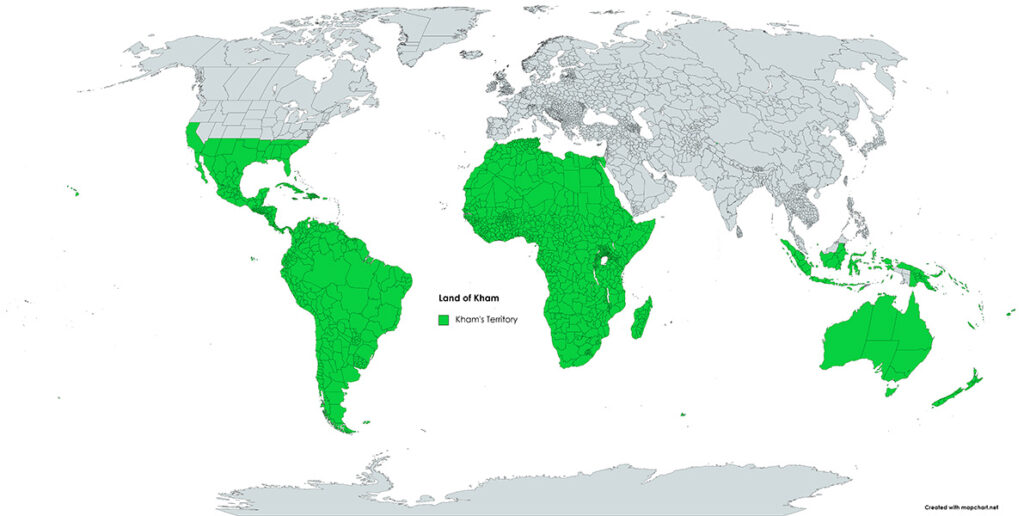
Definitions for 𐤇𐤌𐤉 / khamay
When adding the 𐤉 (yad) to the end of a word, it creates a possessive of the original word. It can either signify “my…” or identify a member of a nation. For example, 𐤏𐤁𐤓 (Ābar) is the progenitor, but 𐤏𐤁𐤓𐤉 (Ābaray) is the singular descendant of him also known as a Hebrew.
| Language | Word | Transliteration | Pronunciation | Definition |
|---|---|---|---|---|
| Ābarayat | 𐤇𐤌𐤉 | khamay | khaw-mey | descendant of Kham, also a name for an Egyptian. |
| English | Hamites | Hamites | ham-ahyte | Hamites is the name formerly used for some North African peoples |
| Hebrew | חָמי | chami | khawm-ee’ | descendants of Cham, also a name for the Egyptians. |
| Arabic | والد زوجتي | walidu zawjati | wal-ee-du zaw-ja-ti | my father-in-law |
| Greek | πενθερός | pentheros | pen-ther-os’ | father-in-law |
The Descendants
𐤇𐤌𐤉 (Khamay) meaning Hamite are the descendants of 𐤇𐤌 (Kham) who are the indigenous people of Africa, South America, the lower portion of North America, and Australia. Within Africa, they were known as the Ethiopians, Egyptians, Libyans, and Canaanites. However, this does not include the Negro people who were enslaved during the Trans-Atlantic Slave Trade.
Images for 𐤇𐤌𐤉 / khamay
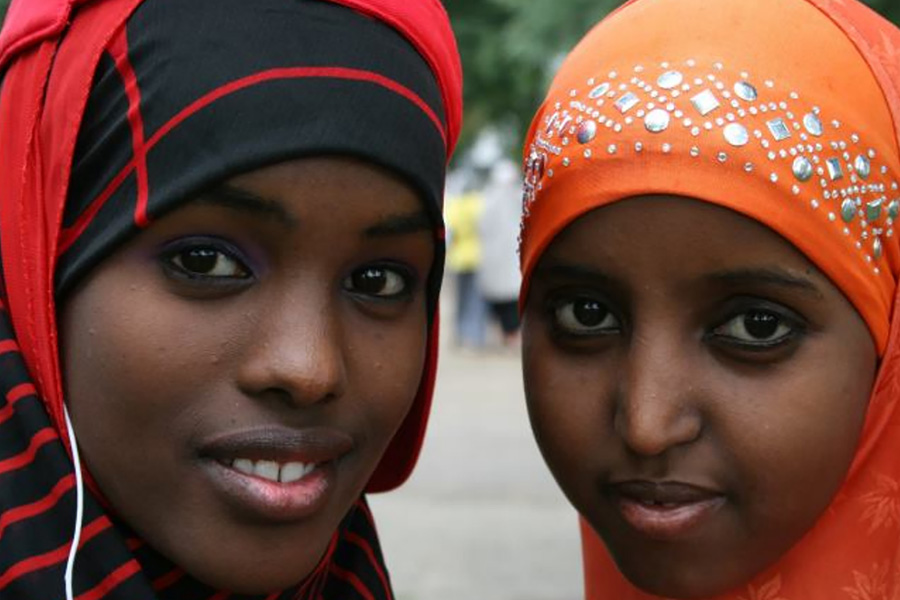
𐤊𐤅𐤔 (Kauash)
𐤊𐤅𐤔𐤉𐤌 (Kauashayam)
Ancient Ethiopia
Lower Africa: Agaw, Oromo, Somali, Afar, and several other tribes
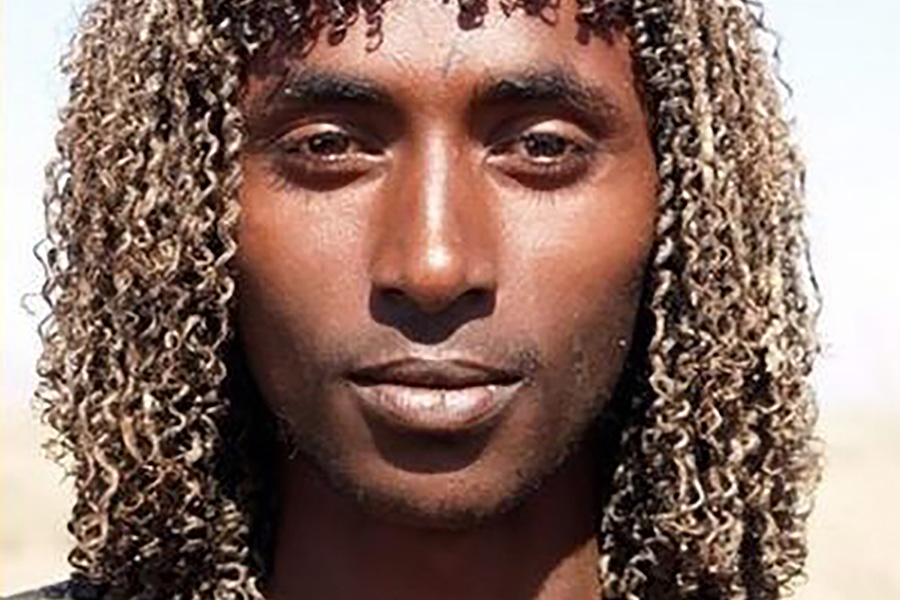
𐤌𐤑𐤓 (Matsar)
𐤌𐤑𐤓𐤉𐤌 (Matsarayam)
People of the Straits or Kemetic People
NorthWest Africa: Morocco, Algeria, Libya, Egypt, Sudan, Mauritania, Tunisia
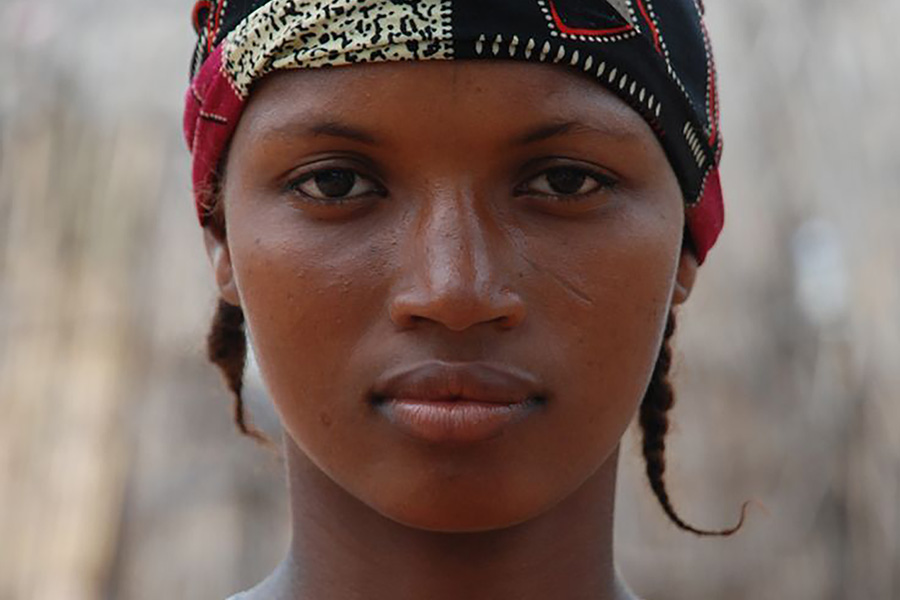
𐤐𐤅𐤈 (Phauath)
𐤐𐤅𐤈𐤉𐤌 (Phauathayam)
Fula People
Central Africa: Nigeria, Guinea, Senegal, Cameroon, Mali, Burkina Faso, Niger, Mauritania, Benin, Guinea-Bissau, Gambia, Chad, Sierra Leone, Central African Republic, Ghana, and Ivory Coast
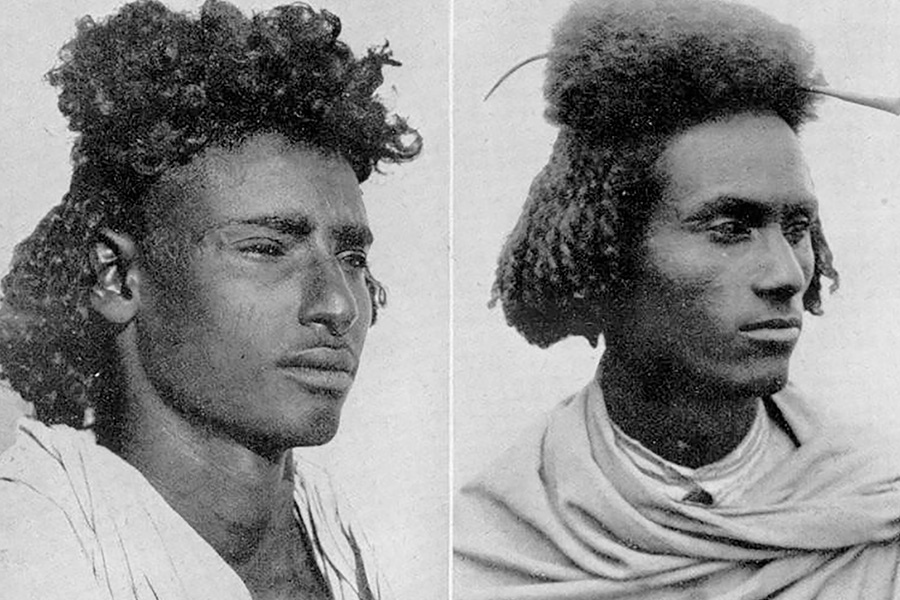
𐤊𐤍𐤏𐤍 (Kanaān)
𐤊𐤍𐤏𐤍𐤉𐤌 (Kanaānayam)
Phoenician Canaanites
West of Jordan: Lebanon, Southern Syria, Israel, and Transjordan
Definitions for 𐤇𐤌𐤉𐤌 / khamayam
When adding the 𐤌 (mayam) after the 𐤉 (yad) to the end of a word, it creates a plural of the original word. It can identify multiple members of a nation. For example, 𐤏𐤁𐤓 (Ābar) is the progenitor, but 𐤏𐤁𐤓𐤉𐤌 (Ābarayam) are the plural descendants of him also known as Hebrews.
| Language | Word | Transliteration | Pronunciation | Definition |
|---|---|---|---|---|
| Ābarayat | 𐤇𐤌𐤉𐤌 | khamayam | khaw-ma-yawm | descendants of Kham, also a name for the Egyptians. |
| English | hot | hot | hot | having or giving off heat; having a high temperature |
| Hebrew | ||||
| Arabic | ||||
| Greek |
Images for 𐤇𐤌𐤉𐤌 / khamayam


Definitions for 𐤇𐤌𐤉𐤕 / khamayat
When adding the 𐤕 (tau) after the 𐤉 (yad) to the end of a word, it creates a plural of the original word. It identifies the language or a sign of a nation’s existence. For example, 𐤏𐤁𐤓 (Ābar) is the progenitor, but 𐤏𐤁𐤓𐤉𐤕 (Ābarayat) is the language of him also known as Paleo-Hebrew language.
| Language | Word | Transliteration | Pronunciation | Definition |
|---|---|---|---|---|
| Ābarayat | 𐤇𐤌𐤉𐤕 | khamayat | khaw-ma-yawt | Language of Kham. |
| English | Hamitic | Hamitic | ha-mit-ik | the non-Semitic branches of the Afroasiatic language family. |
| Hebrew | ||||
| Arabic | ||||
| Greek |
Images for 𐤇𐤌𐤉𐤕 / khamayat
| Character | Name | Transliteration | Pronunciation |
|---|---|---|---|
 | vulture | A | a |
 | forearm | A | aa |
 | foot | B | b |
 or or | Basket, Hillside | C | k |
 | folded cloth | C | c |
 | hobble rope | Ch | ch |
 | hand | D | d |
 | two reed leaves | E | ee |
 | vulture | E | eh |
 | horned viper | F | f |
 | pot stand | G | g |
 | cobra | G | j |
  | shelter, rope | H | h |
 | reed leaf | I | i |
 | cobra | J | j |
  | basket, hillside | K | k |
 or or | open mouth, lion | L | l |
 | owl | M | m |
 | water | N | n |
 | quail chick | O | oo |
 | vulture | O | o |
 | stool | P | p |
 | horned viper | Ph | f |
 + + | basket + quail chick | Q | qu |
 | open mouth | R | r |
 | the sun | Ra or Re | ra |
 | folded cloth | S | s |
 | lake | Sh | sh |
 | bread loaf | T | t |
 | cow’s belly | Th | th |
 | unknown | TH | th |
 | quail chick | U | uh |
 + + | reed leaf + quail chick | U | oo |
 | horned viper | V | v |
 | quail chick | W | w |
 + + | basket + folded cloth | X | x |
 | reed leaf | Y | y |
 or or | double-reed leaf, double strokes | Y | ee |
 | door bolt | Z | z |
Classification
You can continue your studies of the words by viewing Strong’s entries for:

